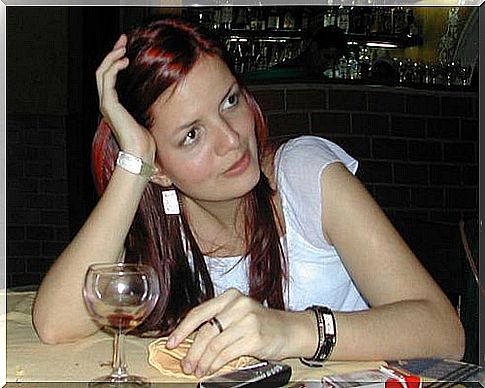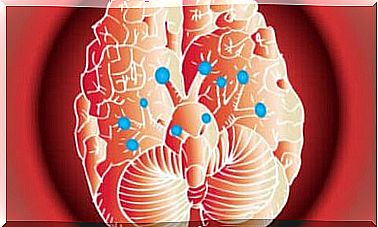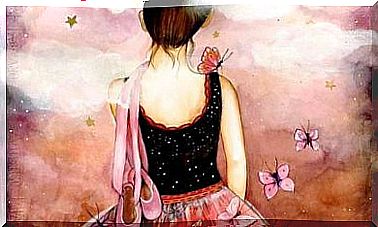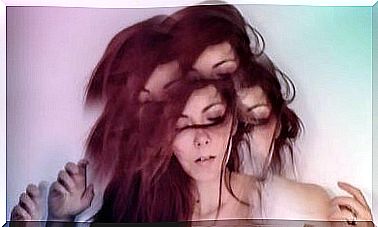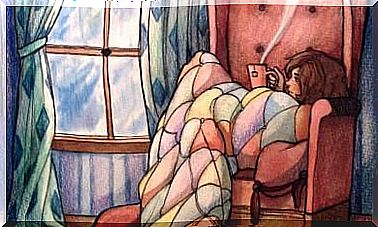Body Language Of Depression

The body language of depression includes micro-expressions, postures and gestures that can identify a person’s depression. Knowing them is useful because, at first glance, these states of neurotic sadness can often go unnoticed. The body always tends to cry out what the mouth is not saying.
Depression has an impact on the body. But it does not only shape it and give it a specific shape: it also has an impact on health. Body and mind are one and what happens in one area always affects the second.
The body language of depression is unconscious. Others can still read it, even if they do so intuitively. Because language communicates and also builds a perception in the people around us. In other words, those around us perceive this depression and it obviously has an influence on our relationship with others. Let’s take a closer look.
The face, a key point in the body language of depression
Micro facial expressions are particularly indicative of mood. It’s about those little pouts that appear on the face and never lie. We are talking here about involuntary responses, controlled by the limbic brain, which appear without the person realizing it and can handle them as they please.
In the body language of depression, the most characteristic microexpressions are:
- The upper eyelid more closed. The skin of the upper eyelid becomes soft and the muscle feels as if it is sagging. The vortex, or point where the upper eyelid and the lower eyelid unite, forms a slight downward curve.
- Lack of concentration. The appearance of the gaze is also different in a depressed person. The eyes do not seem to focus on a point and there is some imprecision. As if the gaze was lost.
- The corners of the lips down. The shape of the mouth is like that of a semicircle open at the bottom. The ends of the lips drop slightly. It is perhaps the most common expression in body language of depression.
- The between-eyebrows. Usually, depressed people wrinkle between the eyebrows slightly, but not as much as if they were facing great concern or anger. Their faces seem surprised by something that disappoints them.

Head posture
In the body language of depression, the position of the head in relation to the rest of the body is extremely important. Usually the head is in some way tilted forward. The body, on the other hand, leans back a little, which creates a contrast between the two.
It is also common to see the head tilt to one side, and almost always to the right side. This mainly happens when the depressed person listens to someone to whom they have attributed power or authority.
The tone of voice and the way of speaking
In the tone of voice of a depressed person, we find features that suggest his mood. In addition to speaking in a low voice, there is a sort of tears in the way he communicates. Her voice seems a little broken, or there is a sort of barely perceptible hoarseness. The tone is reminiscent of someone’s voice crying.
Likewise, the manner of speaking of a depressed person has differentiated features. In general, she is stingy in words and not very emotional when speaking. She also has difficulty vocalizing and articulating words in definite ways. It’s like the person doesn’t want to come forward.

Body posture and other details
Posture is also one of the most visible aspects of depression body language. Usually the person has a “soft” body. Its column forms a sort of curve, like a seashell. It is as if she is withdrawn into herself.
It is also common to find slow movements in this person. These movements can be combined with other drier and more aggressive ones. She may drag her feet when walking, as if she wanted to make others understand that she is having trouble moving forward.
Finally, depressed people tend to have an increased frequency of sighing. They do this at any time and several times a day. This can be seen as the frustrated desire to feel comfortable where they are.
